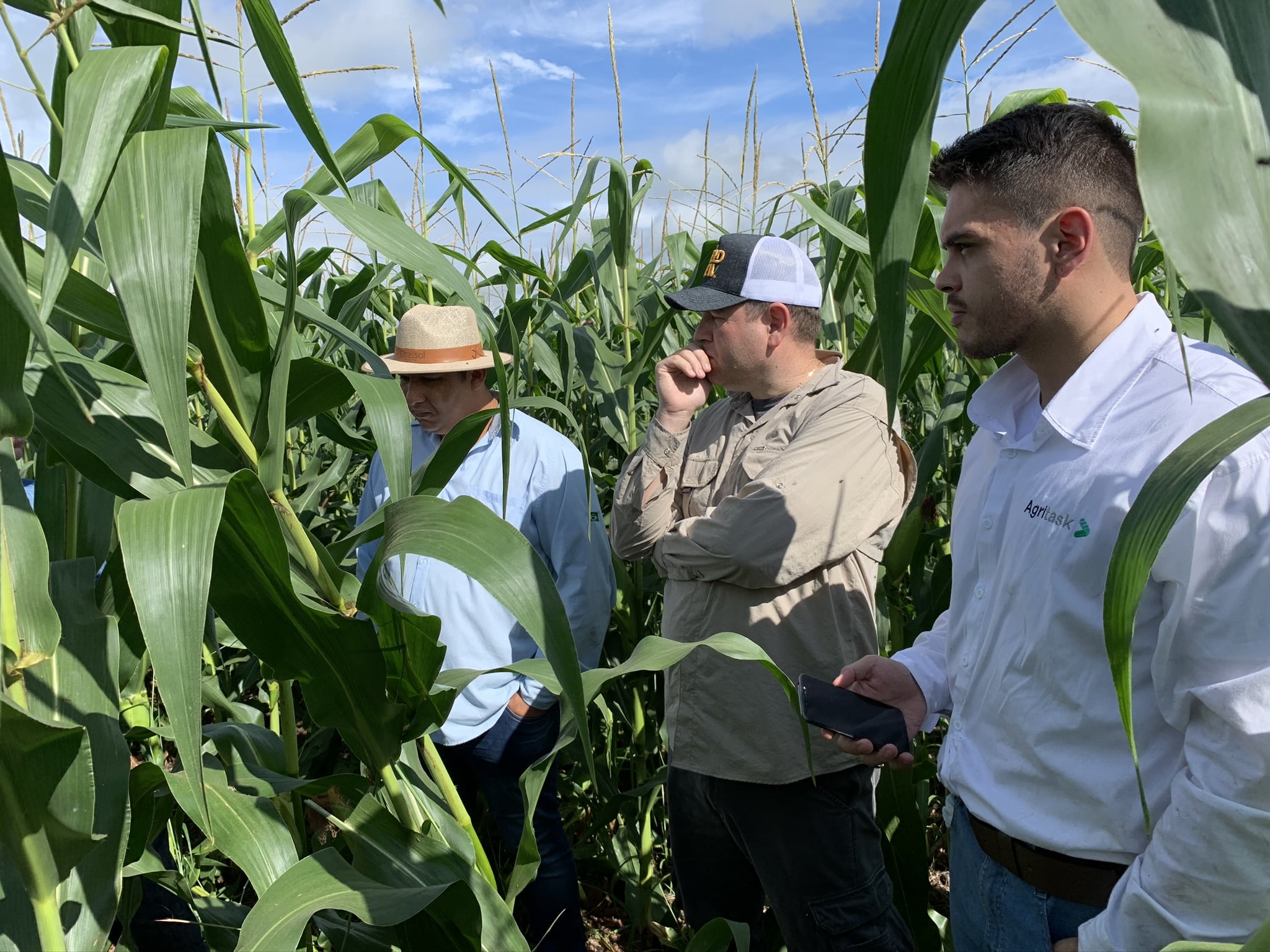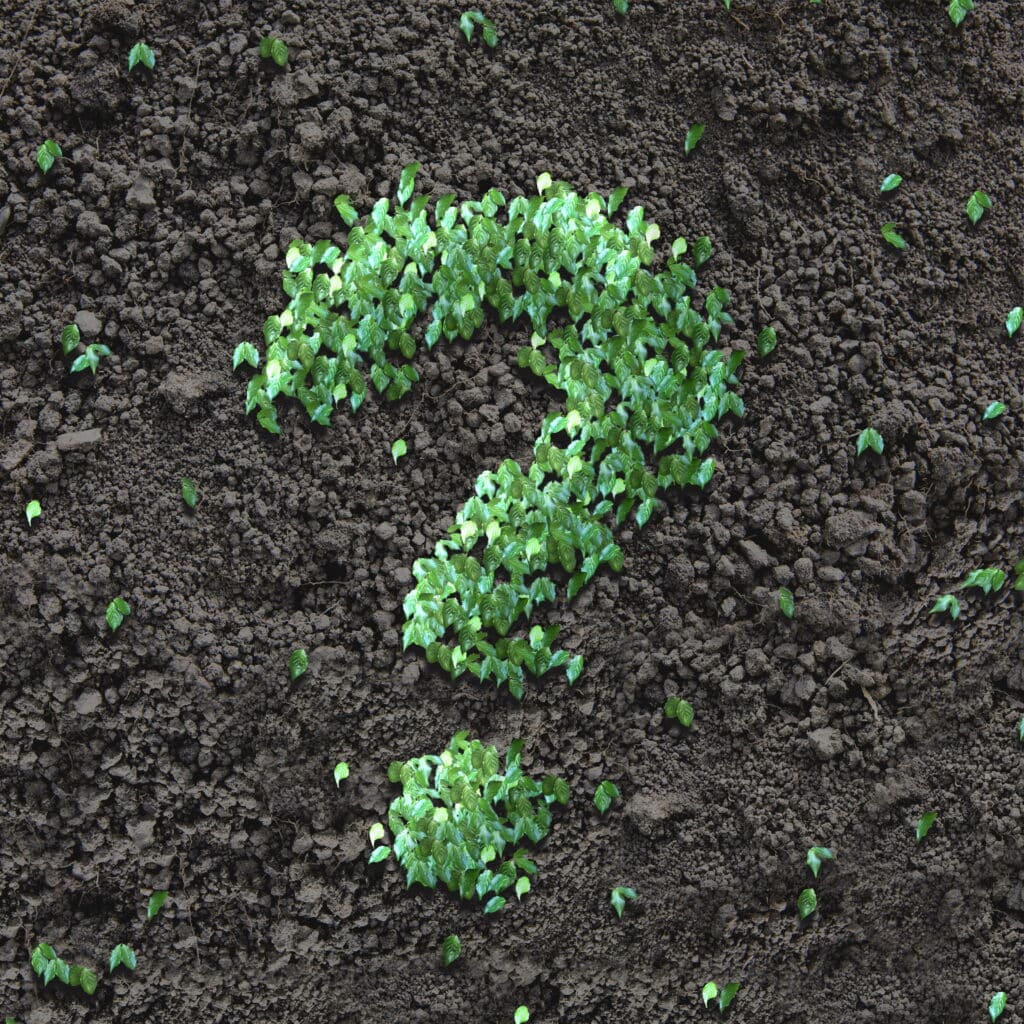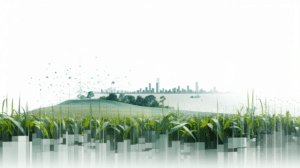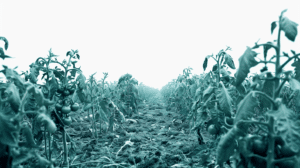Over the last few years, new data-driven technologies have emerged that are upending the way we go about the business of agriculture. These innovative technologies are spawning products that help agriculture operations of all sizes in every corner of the world produce more using less resources. From advanced mobile devices, predictive analytics, and Artificial Intelligence (AI), to drones, Machine Learning, and big data, it seems like lately there’s a lot of innovation going on in a profession that hasn’t really changed all that much over the last several thousands of years.
And the markets are responding, big time.
According to a new report by Grand View Research, Inc. the market for IT systems focused on optimizing farm management will reach $12.9 billion by 2027, with a CAGR of 13% during that period. Another recent study — this time from Deloitte — predicts that the global market for AI in Agriculture will top $790 million in 2023, with a CAGR of 21.8% over the 6 preceding years. If that wasn’t enough, GSMA’s review of the digital agriculture landscape in 2020 reveals that there are over 700 active digital agriculture services, up from just 53 in 2009.

All this comes not a moment too soon: climate change is ravaging fragile ecosystems, drying up water sources, and forcing farmers to think of new ways to access resources. What’s more, increasing population growth in the developing world is putting further strain on overburdened farmers whose yields aren’t big enough to keep up with the ever-growing demand.
By all accounts, data-driven technology is our best hope of surmounting the challenges facing the agricultural industry as we sprint further into the 21st century.
So what’s all the fuss about data in Agriculture?
Data and the insights derived from them are at the core of many of the AgTech products currently disrupting the market. By combining disparate sets of data sourced from different systems, it’s possible to gather a holistic view of the entire agricultural ecosystem that empowers smarter decision-making, both at the individual farmer level and the greater regional level. The insights derived from this data help farmers decide on issues like when and where to spray pesticides, plant, harvest, transport, and sell crops, and much, much more.
Yet not all data is created equal, and neither are the AgTech products that leverage them as part of their solutions. With so much data around, and so many new products to choose from, how do you know which solution is right for you?
Knowing the right questions to ask is a great way to deal with these unknowns. It doesn’t matter which tools you’re already using, or which platform you’re evaluating, making sure you have the answers to the right questions is critical before making any final decisions.
Our extensive experience working with ecosystem stakeholders across all 5 continents has granted us insights into the different angles, advantages, and disadvantages of the factors that should be taken into account when considering an AgTech platform. With the market currently undergoing rapid growth, we decided to give back to the community by compiling a list of questions you need to ask when determining which platform is right for you.
The 5 key questions you need to ask when selecting an AgTech solution
No. 1: Can the system integrate with my existing systems? How will it communicate with them?
By now, most operations already have some sort of system in place to handle issues like weather tracking, machinery monitoring, barcode reading or supply chain tracking. However, in most cases, these systems operate as silos, incapable of communicating with other systems and sharing data and updates. When choosing a new system, it’s critical that it be able to work with all other systems and tools already in place.
No. 2: Is the new system flexible enough to work with existing protocols and processes?
It’s a well-known fact, even though the benefits are clear to all, that major agricultural players are often slow to adopt new technologies. This is mostly due to their reluctance to give up the processes and ways of working they’ve become accustomed to over the years. Their ability to continue working the way they are used to is a major factor when they consider new systems.
Many systems are developed for out-of-the-box functionality, with no ability to customize them to support a wide range of crops. This means that a system’s flexibility and customization options — or lack thereof — can cinch or break a potential deal.
No. 3: What kind of onboarding and support comes with the system?
Even the most intuitive, user-friendly, and flexible systems can be complex for first-time users. This goes double for agricultural professionals who are used to manual work and are often far from being tech-savvy. New systems should come with some sort of onboarding and training plan that can quickly get new users up and running without too many complications. The level of support — both in terms of the system and agronomic knowledge — that comes with a system is a critical factor that should be carefully considered before making any decision.

No. 4: Does the solution include advanced precision agricultural capabilities or is it more focused on digitization of the supply chain?
Precision agriculture solutions merge aerial footage captured by drones or airplanes with other data sources and additional field data to provide a comprehensive, holistic view of agricultural plots. Agricultural professionals use this information to help them make better farming decisions, identify problems in the field, and determine their root cause. You can read more about the benefits and use cases of precision agricultural solutions in our recent blog post.
However, many products that call themselves precision agriculture solutions are really just digitization tools with basic GIS capabilities on top. Basic digitization tools may help you digitize manual processes, but don’t offer any of the advanced precision capabilities that are needed to maximize yields.
No. 5: Does it offer a comprehensive, end-to-end solution for the entire agronomic lifecycle?
Many solutions on the market are focused on very narrow use cases within the lifecycle of the crop. While they may cover needs like irrigation and aerial imagery, they don’t offer a complete, turnkey solution for all growth stages and operational activities.
How do we at Agritask stack up?
There is no one-size-fits all solution when it comes to AgTech. The needs of various stakeholders differ according to countless variables like their geographic region, the size of their farms, the crops they plant, the systems/machines they work with, and much, much more.
Agritask’s modular approach takes into account the fact that each agriculture operation is unique, with its own challenges, constraints, and needs. That’s why the platform leverages a robust, core infrastructure that enables high flexibility and an array of configuration and customization options to suit a wide range of use cases:
-
- Flexibility for multiple use cases. Agritask was built to adapt itself to the specific setup and needs of every individual operation. Highly customizable, Agritask’s platform is easily configured according to the operational needs and types of crops (50+ crops supported) of each individual client. Farmers don’t need to change the way they work to suit Agritask; Agritask adapts itself to existing protocols and procedures already in place, digitizing data protocols, workflows, agronomic models, visualizations, and more.
- Built for integrations. Agritask is easily integrated with existing systems and tools — including sensors, imagery, machinery, and ERP systems — within a given agricultural operation. Data generated by existing systems can be fed into the Agritask platform for aggregation and consolidation with other data sources, enabling clients to benefit from complete freedom when selecting providers in different technological categories.
- Robust customer success & support. Agritask offers high-level support and in-depth onboarding to ensure that clients can quickly benefit from a fully operational platform. Agritask’s impressive network of supporting agronomists are always available to give professional advice and add incremental knowledge to customers.
- High precision capabilities. The Agritask platform offers advanced precision capabilities that integrate aerial data from satellites and drones with existing data on soil quality and irrigation. This enables a wide range of capabilities and benefits to help farmers maximize yields and gain access to financial resources like bank loans and government grants.
- A modular, end-to-end solution. Agritask’s solution is used to manage the full agronomic lifecycle. It delivers solutions for every stage of the process, from pre-planting to post-harvest. Built as a modular solution, Agritask scales with clients according to their changing needs. Clients benefit from the ability to use just the modules they need at first and later add additional solutions.
With so many new AgTech solutions popping up over the last few years, it can be difficult to understand which one is right for your needs. The questions we’ve listed here can help agricultural professionals understand whether or not a certain solution is right for them. But our list is far from exhaustive; understanding the cost and business model associated with a particular solution is no less important. Last but not least, ask your colleagues and industry peers about any vendor you’re considering, and ask the vendor for references, and about how they address your own specific operational needs.








